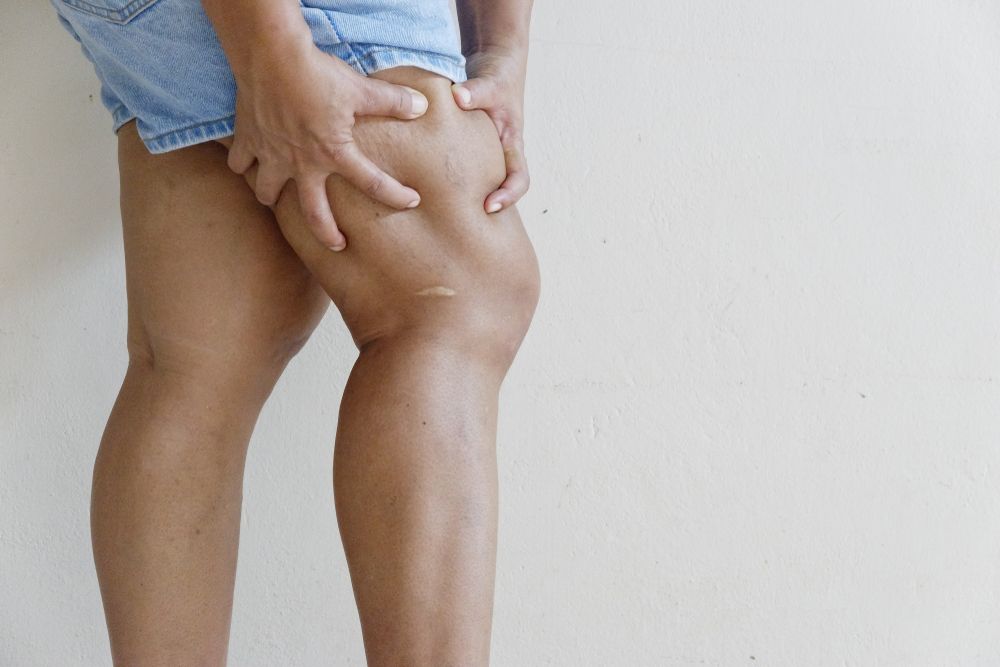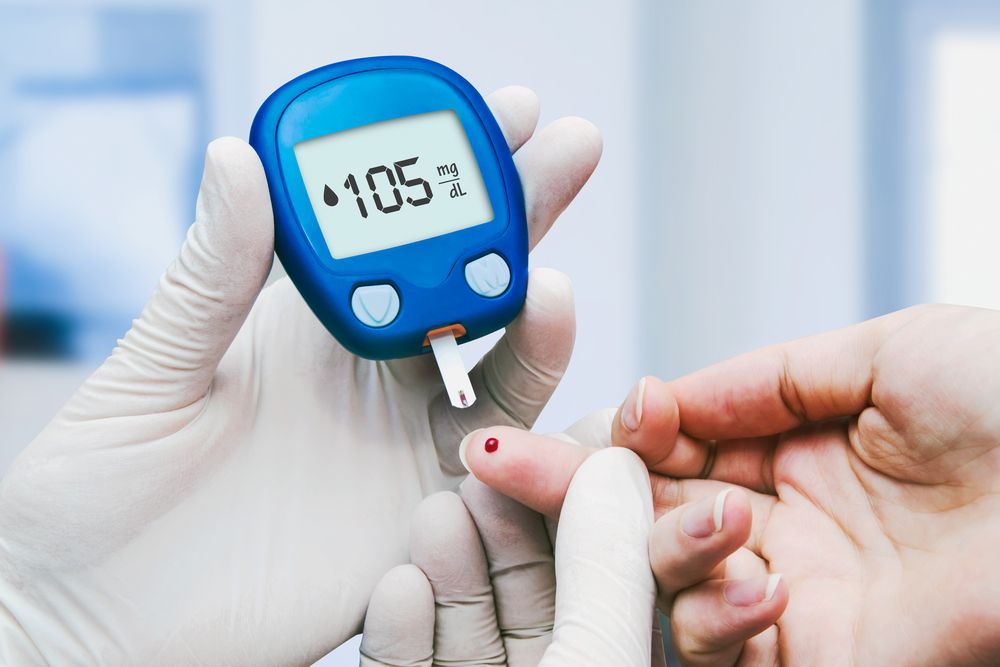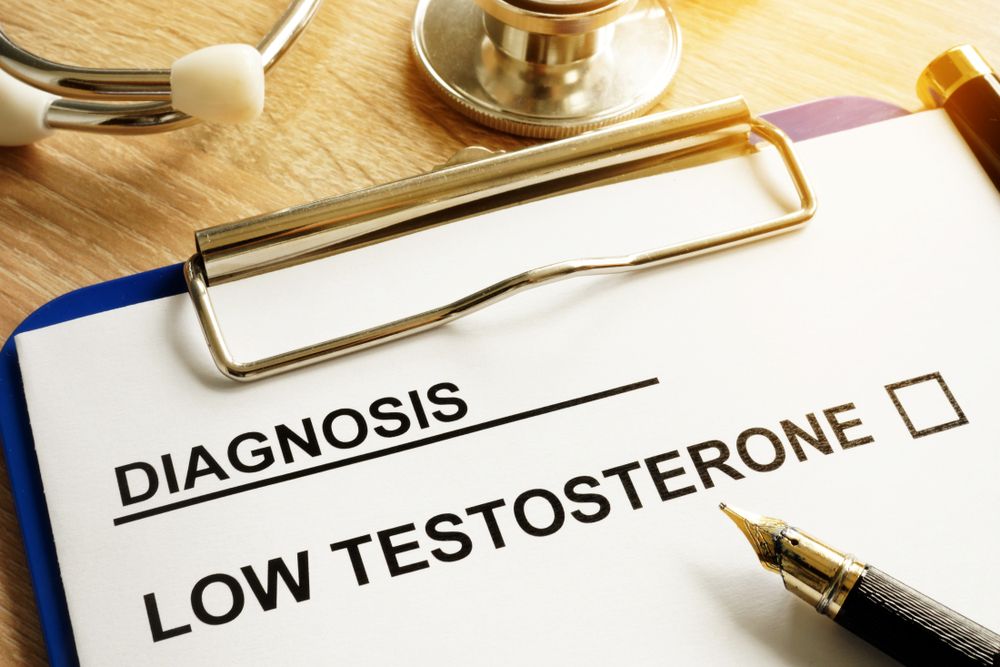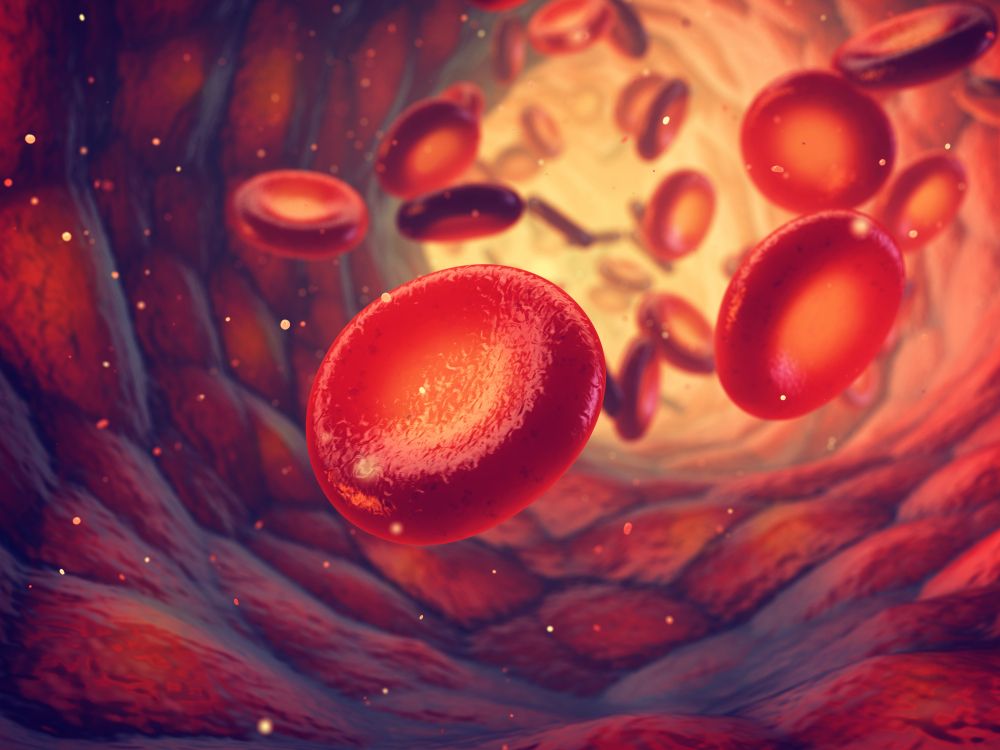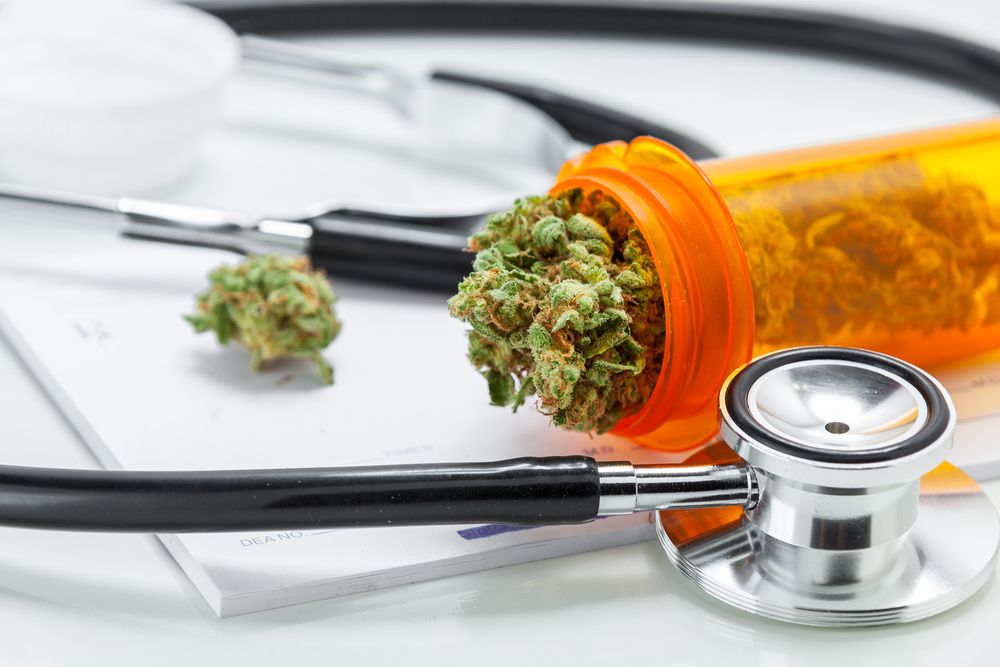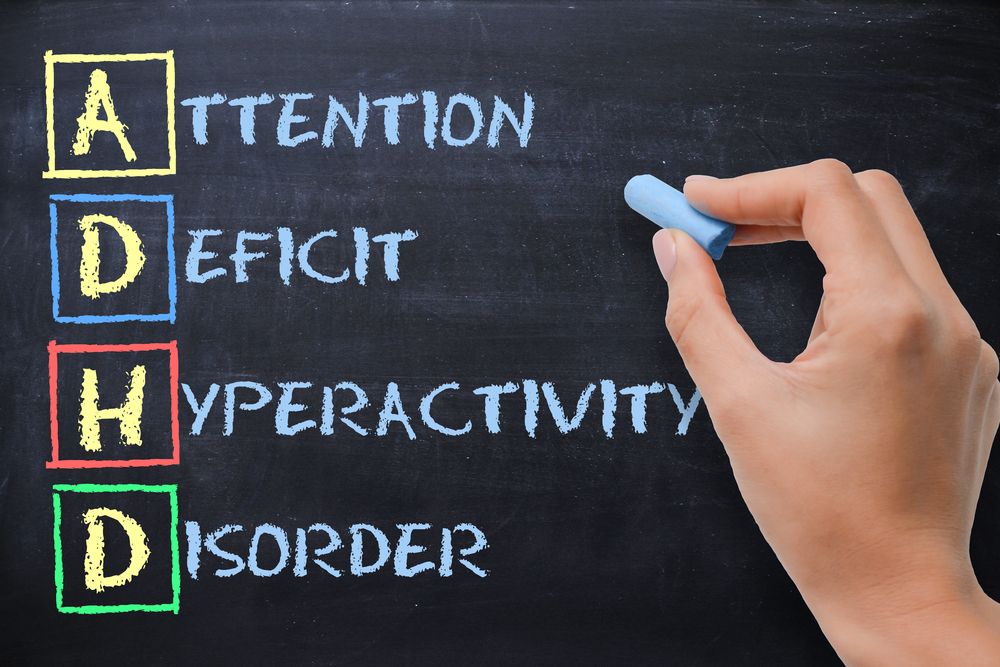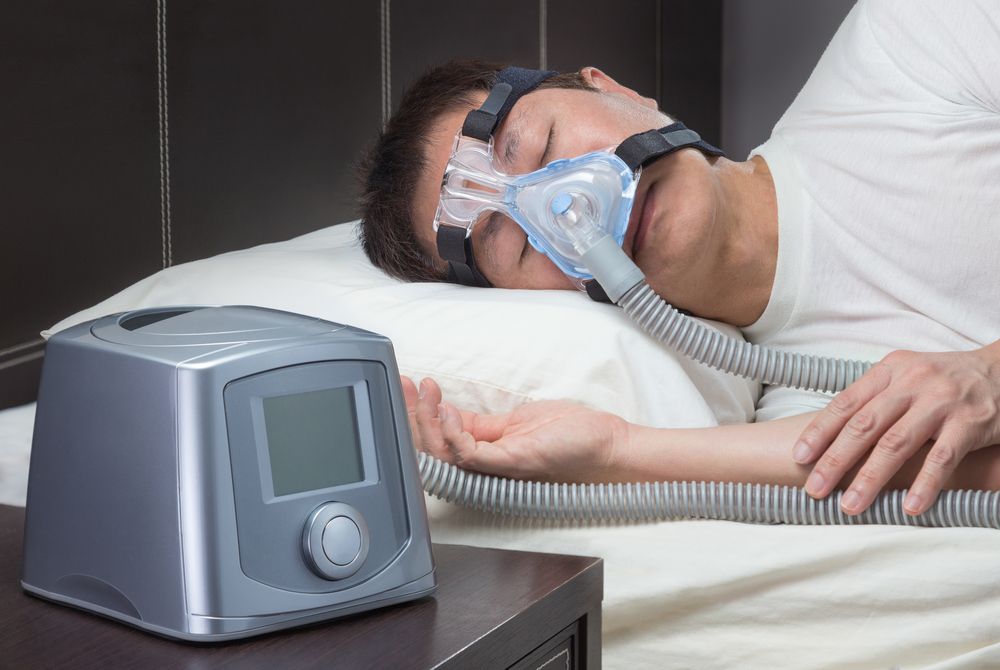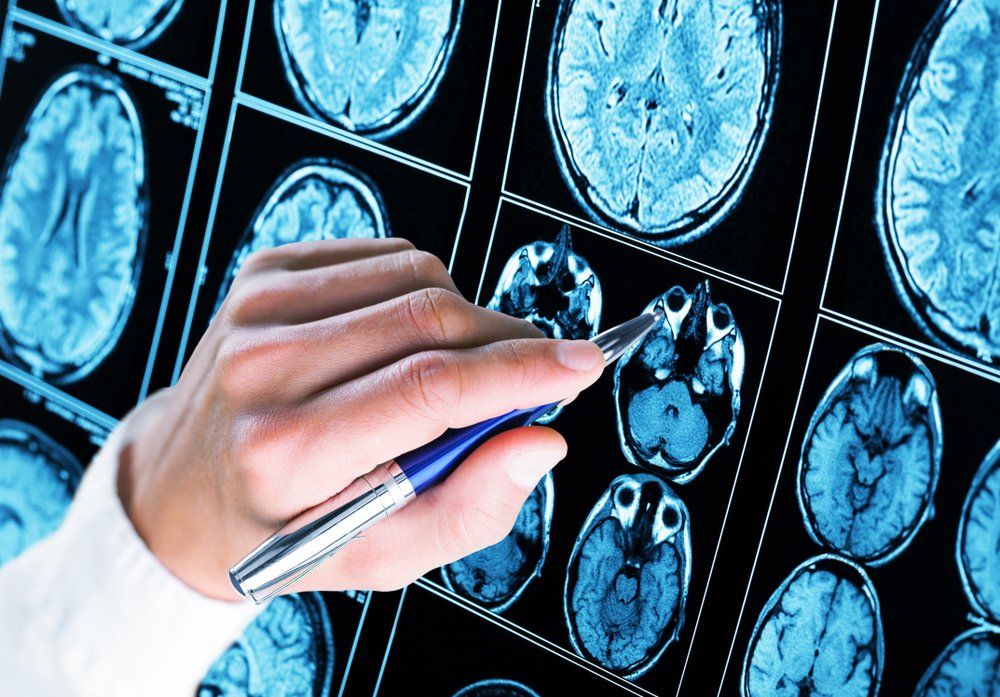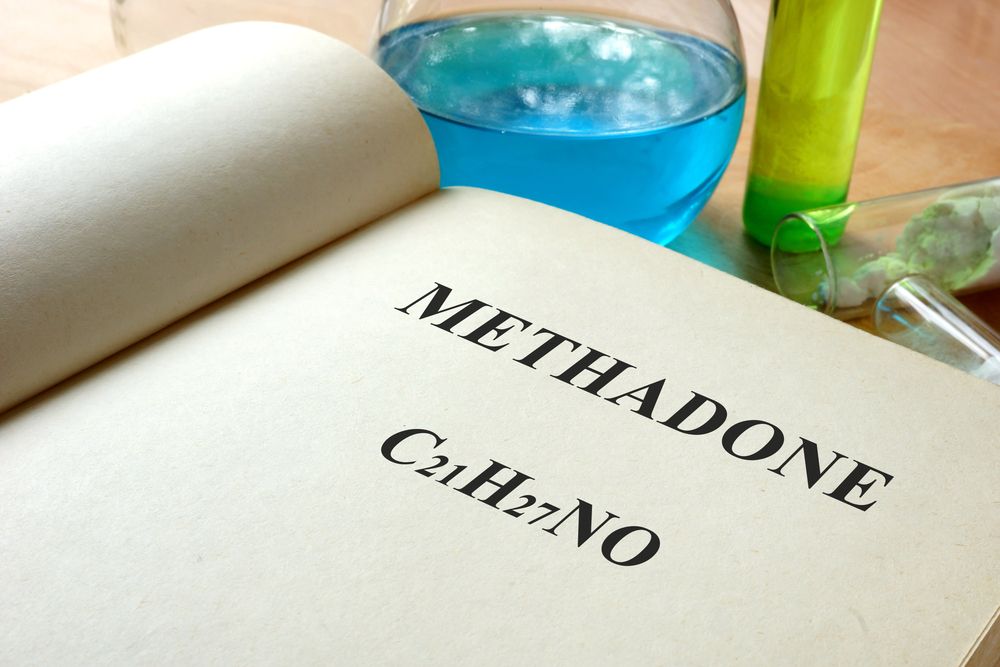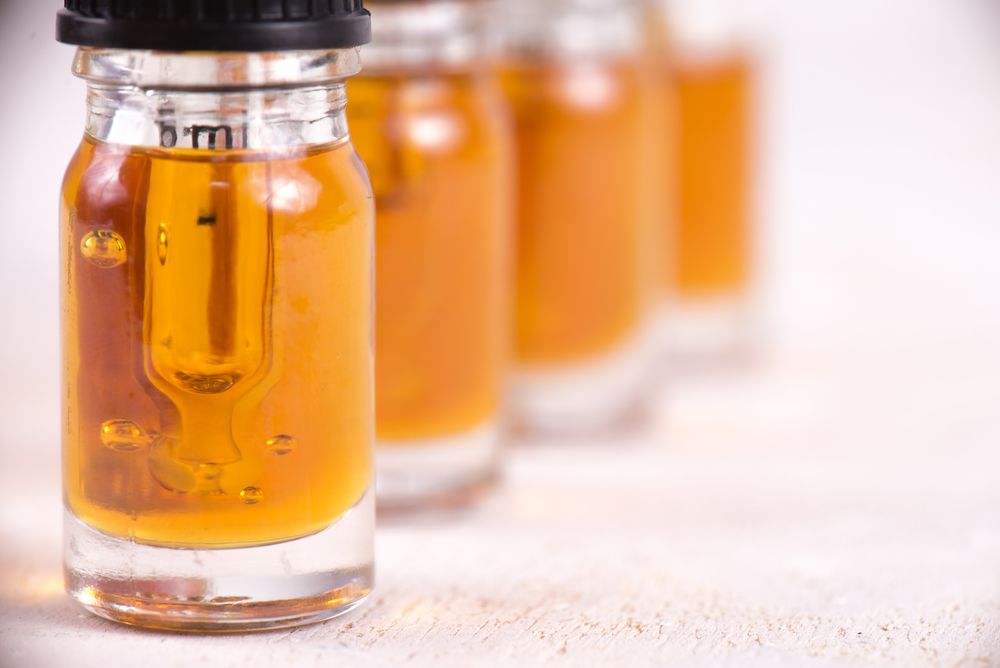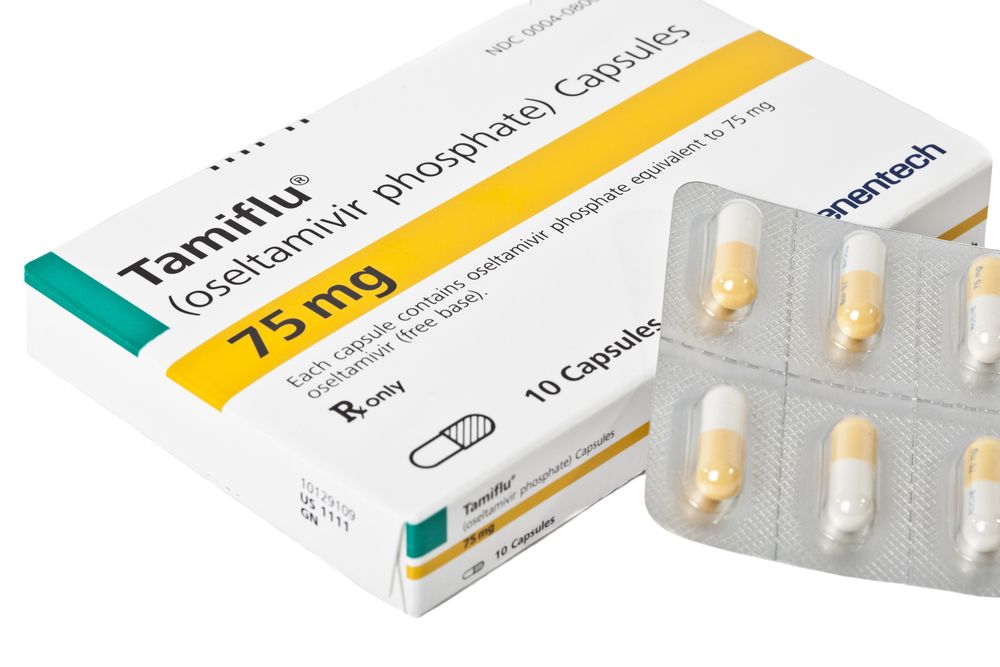Normally, blood clotting is a process that is essential to healing. It is usually safe, with the clot breaking apart when it is no longer necessary. But sometimes blood clots stay longer than needed and in dangerous places.
A blood clot in the leg can be life-threatening if left untreated. (Learn More)
Deep vein thrombosis (DVT) is when a clot forms in a vein deep in the body, generally in the leg or thigh. It partially blocks the vein and will grow. It can potentially lead to other clots, and it can cause serious lung problems if it breaks off.
Signs of DVT including cramping, discoloration, and warmth in the affected area. (Learn More)
The biggest danger of this kind of clot is the risk of a pulmonary embolism, which occurs if the clot breaks and gets into the lungs. This can be very dangerous, making it difficult to breathe. If you experience a pulmonary embolism, call 911 immediately.
DVT can also lead to postphlebitic syndrome, which is caused by damage to the veins. This carries its own set of problems, but it generally less of a concern than pulmonary embolisms. (Learn More)
If you think you may have a leg clot, or any other kind of clot, see a doctor as soon as possible. You should keep the affected area raised, apply moist heat to it, and talk to your doctor about anything else you should be doing. Your doctor will prescribe treatment as appropriate, including medications. (Learn More)
Blood thinners, or anticoagulants, are usually prescribed to treat a blood clot. In severe cases, clot-busting drugs called thrombolytics are also used.
Anticoagulants do not actually bust clots. They help the body to do so on its own, and they carry fewer risks than thrombolytics.
These medications should only be taken as prescribed. Familiarize yourself with any risks associated with them, so you know when it’s necessary to seek medical assistance. (Learn More)
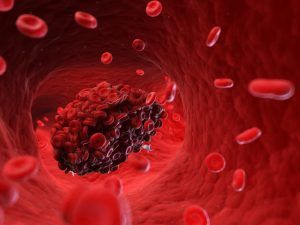
Blood Clots
When the body is injured and blood is drawn, your blood naturally clots to close the wound and allow it to heal. This dried blood, usually making what we would call a scab, then breaks up or falls off soon after the healing process is complete.
This process is essential to stop the body from bleeding out and for healing. This is why conditions like hemophilia, when blood can’t clot as well, can be dangerous.
But sometimes blood clots don’t fall apart like they are supposed to. When this happens internally, in your veins or arteries, the clot can pose a serious risk of blockage or breaking off and getting into an important organ. One of the most common places these types of dangerous blood clots occur is in the leg.
A sedentary lifestyle can increase your risk of blood clots. If you frequently sit for long periods, such as at a computer or in long car rides, take periodic breaks to walk or stretch. Staying hydrated is also important.
Signs of a Blood Clot in the Leg
Deep vein thrombosis (DVT) is when a clot occurs in a vein deep in the body, usually the lower leg or thigh. The vein is partially blocked by a clot, which can grow or lead to other clots. This can cause other serious problems (discussed below).
There are a few warning signs that you may be suffering from DVT:
- Cramping, soreness, or other pain in the leg
- Discoloration of the leg, often manifesting as redness
- Warmth in the affected area
Dangers of a Leg Clot
The primary danger of untreated DVT is a pulmonary embolism. This occurs when a clot breaks off in your vein and travels up into your lungs. Once there, it blocks off blood flow and can begin to cause serious, potentially even deadly, effects.
Signs of a pulmonary embolism include the following:
- Sweating
- Dizziness
- Chest pain
- Coughing
- Breathing difficulties

If you have DVT, there is the potential for postphlebitic syndrome, also called postthrombotic syndrome (PTS). A clot can damage veins, reducing blood flow to those areas and causing problems. The following may occur:
- Edema
- Sores
- Leg pain
- Discoloration
If you experience any symptoms of postphlebitic syndrome, contact a doctor as soon as possible to make sure there are no serious complications. They will prescribe proper treatment.
What to Do if You Believe You Have a Clot
If you show signs of a clot, see a doctor right away even if you are unsure. The danger of serious and even life-threatening complications is significant if your clot goes untreated. The severity of the problem will increase the longer you wait.
A doctor can check if you have a clot through a variety of tests, including ultrasound, venography, CT/MRI scans, and a blood test. They can then treat your blood clot and minimize the risk of a pulmonary embolism. There are a number of medications that might be deemed appropriate for this purpose.
Several other measures can improve symptoms or control the risk of the condition worsening. Try these:
- Keep the affected area raised.
- Apply moist heat to the area.
- Wear compression stockings (if recommended by your doctor).
- Move or exercise (once deemed appropriate by your doctor).
Your doctor will create a treatment plan. They will ensure the treatment works for your particular situation and mitigate risks.
Medications That Can Help
The first-line treatment for DVT is to prescribe blood thinners, also called anticoagulants. These drugs, such as Eliquis and Warfarin, reduce the blood’s ability to clot and, by extension, make sure the clot does not grow bigger.
While these drugs do not break up the clot, the body can usually manage to do that safely on its own after a few weeks of treatment. Blood thinners are not without risks, and you will need to talk to your doctor about those risks before taking them.
It’s especially important to monitor your bleeding. Blood thinners can sometimes cause what would ordinarily be superficial bleeding to become dangerous.
In some cases, doctors will also prescribe thrombolytics to break up clots quickly. These medications are usually reserved for cases of pulmonary embolism, serious DVT, or when other drugs are ineffective.
While it may seem convenient to take a drug that busts the clot, these drugs have a significant risk of causing severe bleeding. As a result, they are only used for serious cases where the risk of the drug is outweighed by a need for speedy treatment.
References
Deep Vein Thrombosis. (May 30, 2019). MedlinePlus.
Deep Vein Thrombosis (DVT): Diagnosis & Treatment. (March 6, 2018). Mayo Foundation for Medical Education and Research (MFMER).
Deep Vein Thrombosis (DVT): Symptoms & Causes. (March 6, 2018). Mayo Foundation for Medical Education and Research (MFMER).
Eliquis: Professional. (June 12, 2019). RxList.
Blood Clot Symptoms: How to Tell if You Have One. (July 5, 2018). WebMD.
Blood Clot Treatment. National Blood Clot Alliance.
Other Treatments. National Blood Clot Alliance.
Warfarin. National Blood Clot Alliance.

